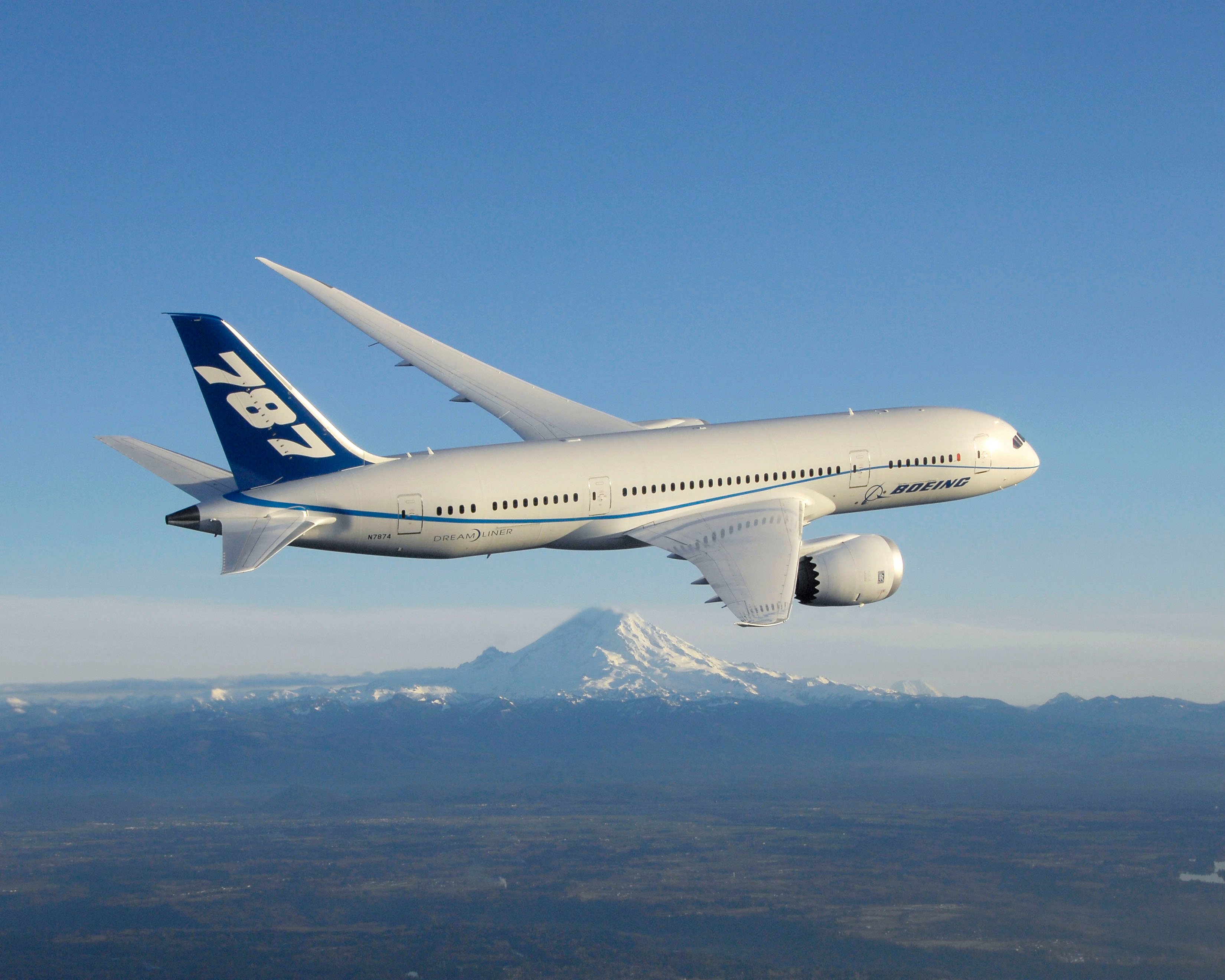Military
Why the 777 May Be More Important to Boeing Than the 787
Published:
Last Updated:

The company delivered 186 commercial aircraft in the quarter, of which 120 were 737s and six were 747s, both of which produce lower margins for the company than the higher priced (and newer) 777s and 787s. Boeing also delivered 27 777s and 31 787s in the third quarter.
Boeing can offer discounts of more than 50% on the 737 and the 777 because both have long since paid back their development costs. On the 787, however, the gap between what it actually costs to build the plane and the average estimated cost that Boeing estimated for the plane reached a total of $25.2 billion at the end of the third quarter. This so-called deferred production cost now totals an estimated $31 million per plane, according to Sterne Agee analyst Peter Arment, who said in a note Wednesday morning, “While trending the right direction, the topping of the ~$25 billion deferred ceiling for the 787 program will cause anxiety among some investors.” The third-quarter estimate reflects an improvement over estimated deferred production of $36 million per plane in the second quarter.
Still a loss of around $31 million per plane has to be offset somehow, and the 777 is the answer. Earlier this year, a Wells Fargo analyst questioned whether Boeing would be able to maintain monthly production of about 8.3 on the 777 (about 100 per year) until the newer 777X comes into production in 2020. The analyst, Sam Pearlstein, suggested that Boeing will have to cut production of the 777 first to seven per month and then to five per month.
ALSO READ: Why a Boeing 777 Sells for $320 Million
Buckingham Research put an Underperform rating on Boeing stock in early September, and after the latest earnings announcement sees no reason to change its mind:
A key element of our bearish [Boeing] thesis is that BA will lower 777 production rates due to weak widebody demand and the need to bridge the production gap with the 777X. We also see increased risk to 787 costs, as the cumulative $25.2B deferred costs were above our expectations.
The Bank of America Merrill Lynch analyst noted:
BofA ML is Neutral and $140 P.O. We are currently modeling $8.10 for 2014 vs.consensus of $8.27. We may revisit our model after this morning’s earnings conference call. We expect the market to focus on disappointing BCA margins(down 40.6bps Y/Y, on 15.2% increased sales and increased deliveries of 186 jets vs. 170 in 3Q13), on anemic cash flow conversion of 23.3% and on increased 787 deferred production cost of $25.2bn (vs. $24.2bn in 2Q14, vs. $20.2bn in 3Q13), above the company guidance of a $25bn peak. We are interested to learn about updated expectations on where deferred production costs will top out.
Costs that are not falling fast enough on the 787 and production cuts on arguably Boeing’s most profitable plane on a per unit basis combine to make analysts — and investors — wary of Boeing’s earnings results.
Boeing’s stock was down about 3.2% in the noon hour on Wednesday, at $123.06 in a 52-week range of $116.32 to $144.57.
ALSO READ: Boeing Can’t Give Away 787s
Are you ready for retirement? Planning for retirement can be overwhelming, that’s why it could be a good idea to speak to a fiduciary financial advisor about your goals today.
Start by taking this retirement quiz right here from SmartAsset that will match you with up to 3 financial advisors that serve your area and beyond in 5 minutes. Smart Asset is now matching over 50,000 people a month.
Click here now to get started.
Thank you for reading! Have some feedback for us?
Contact the 24/7 Wall St. editorial team.